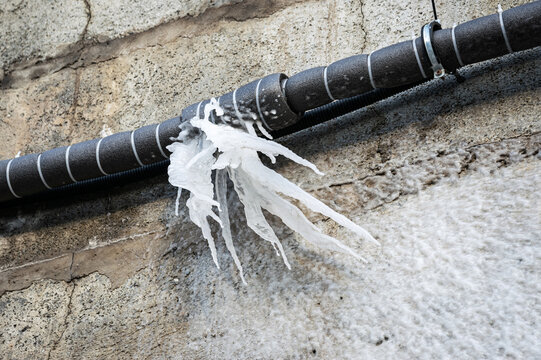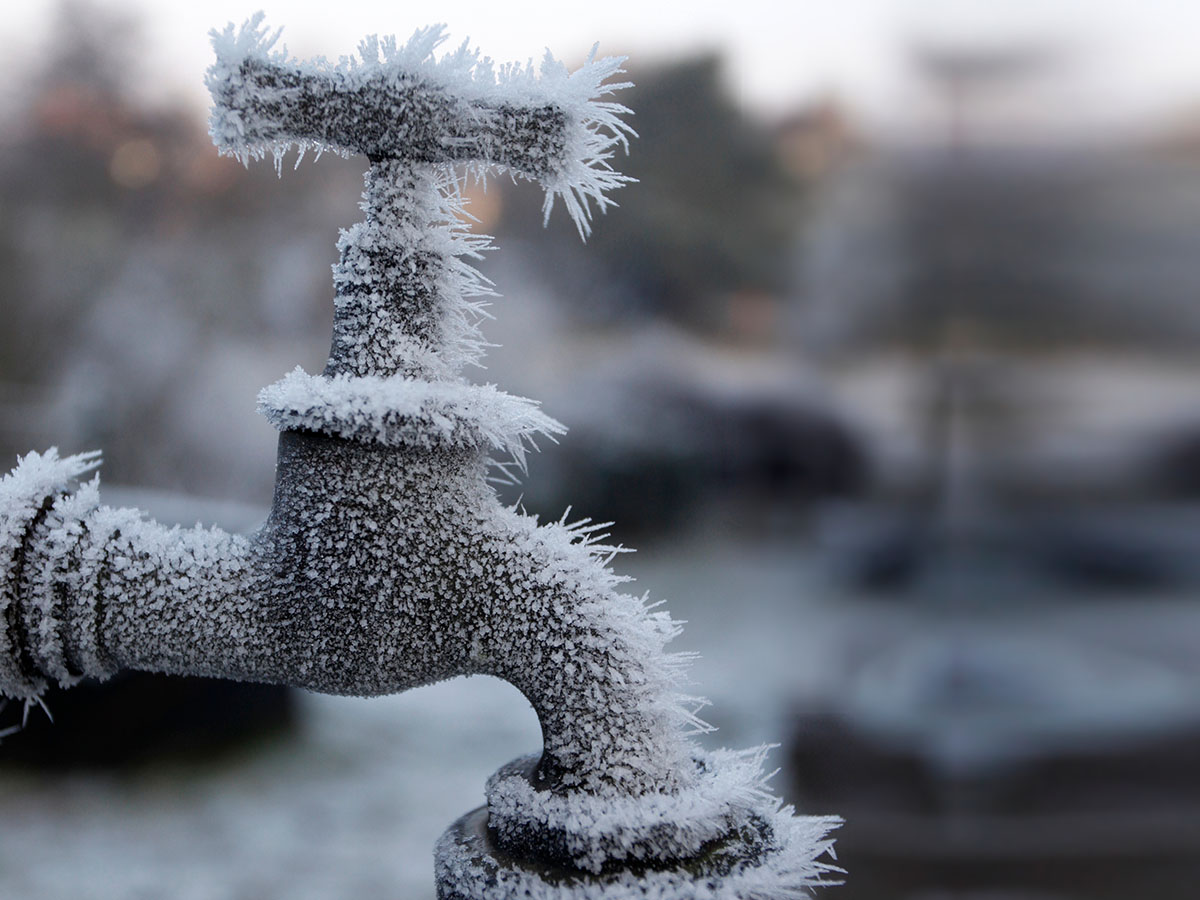Any individual maintains his or her own piece of advice in relation to 6 Ways to Prevent Frozen Pipes.

Cold weather can damage your pipes, specifically by freezing pipelines. Below's exactly how to prevent it from occurring and what to do if it does.
Intro
As temperatures decline, the threat of icy pipes rises, potentially bring about expensive fixings and water damage. Recognizing how to stop icy pipelines is important for property owners in cool climates.
Recognizing Icy Pipes
What creates pipes to freeze?
Pipelines freeze when subjected to temperatures below 32 ° F (0 ° C) for expanded durations. As water inside the pipelines freezes, it expands, taxing the pipeline walls and possibly triggering them to rupture.
Risks and problems
Frozen pipes can lead to water system interruptions, property damage, and expensive repairs. Ruptured pipelines can flood homes and trigger substantial architectural damage.
Signs of Frozen Piping
Recognizing frozen pipelines early can stop them from bursting.
Exactly how to recognize frozen pipes
Search for reduced water circulation from taps, uncommon smells or sounds from pipes, and visible frost on exposed pipes.
Prevention Tips
Protecting prone pipes
Wrap pipes in insulation sleeves or utilize warm tape to safeguard them from freezing temperatures. Focus on pipelines in unheated or external locations of the home.
Heating techniques
Keep indoor areas appropriately heated, specifically locations with plumbing. Open up cupboard doors to allow cozy air to distribute around pipes under sinks.
Shielding Outside Pipes
Garden hoses and outside taps
Detach and drain pipes garden tubes before winter months. Install frost-proof spigots or cover outside faucets with protected caps.
What to Do If Your Pipelines Freeze
Immediate activities to take
If you suspect frozen pipes, keep taps open to soothe pressure as the ice melts. Utilize a hairdryer or towels taken in warm water to thaw pipelines slowly.
Long-Term Solutions
Structural modifications
Consider rerouting pipes away from exterior walls or unheated areas. Add extra insulation to attics, basements, and crawl spaces.
Upgrading insulation
Purchase high-quality insulation for pipes, attic rooms, and wall surfaces. Correct insulation aids keep regular temperatures and minimizes the threat of icy pipelines.
Final thought
Avoiding icy pipes requires proactive actions and quick responses. By recognizing the reasons, indicators, and safety nets, property owners can protect their plumbing throughout cold weather.
6 Proven Ways to Prevent Frozen Pipes and Protect Your Home
Disconnect and Drain Garden Hoses
Before winter arrives, start by disconnecting your garden hoses and draining any remaining water. Close the shut-off valves that supply outdoor hose bibs and leave the outdoor faucet open to allow any residual water to drain. For extra protection, consider using faucet covers throughout the colder months. It’s also important to drain water from any sprinkler supply lines following the manufacturer’s directions.
Insulate Exposed Pipes
Insulating your pipes is an effective way to prevent freezing. Pipe insulation is readily available at home improvement stores and is relatively inexpensive. Pay close attention to pipes in unheated areas such as the attic, basement, crawl spaces, or garage. Apply foam insulation generously to create a buffer against the cold. You can also wrap your pipes in heat tape or thermostat-controlled heat cables for added warmth.
Seal Air Leaks
Inspect your home for any cracks or openings that could let in cold air. Seal any holes around the piping in interior or exterior walls, as well as the sill plates where your home rests on its foundation. Additionally, make sure to keep your garage door closed unless you’re entering or exiting. Leaving it open creates a significant air leak that can lead to frozen pipes.
Allow Warm Air Circulation
During cold snaps, it’s essential to allow warm air to circulate evenly throughout your home. Leave interior doors ajar to promote better airflow. Open kitchen and bathroom cabinets to help distribute heat consistently around the rooms. If you have small children or pets, be sure to remove any household chemicals or potentially harmful cleaners from open cabinets for safety.
Let Faucets Drip
A small trickle of water can make a big difference in preventing ice formation inside your pipes. When temperatures drop significantly, start a drip of water from all faucets served by exposed pipes. This continuous flow helps prevent the water from freezing. Additionally, running a few faucets slightly can relieve pressure inside the pipes, reducing the chances of a rupture if the water inside does freeze.
https://choateshvac.com/6-proven-ways-to-prevent-frozen-pipes-and-protect-your-home/

Do you really like reading up on How to Prevent Your Pipes From Freezing? Make a remark below. We'd be pleased to hear your views about this piece. Hoping that you come back again in the future. Do you know about somebody who is intrigued by the topic? Take a moment to share it. I praise you for being here. Kindly come by our website back soon.
Click Here
Comments on “Avoid Frozen Plumbing in Cold Weather: Expert Strategies”